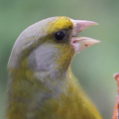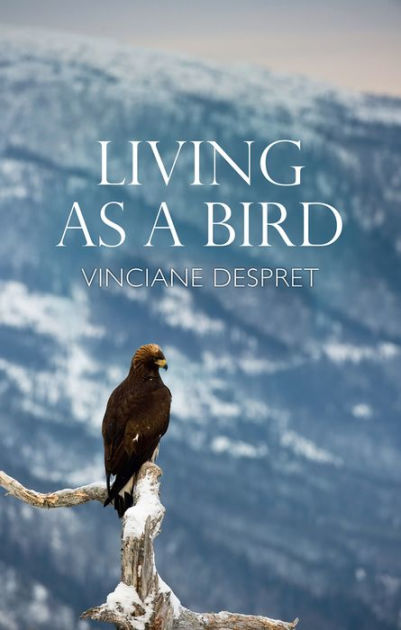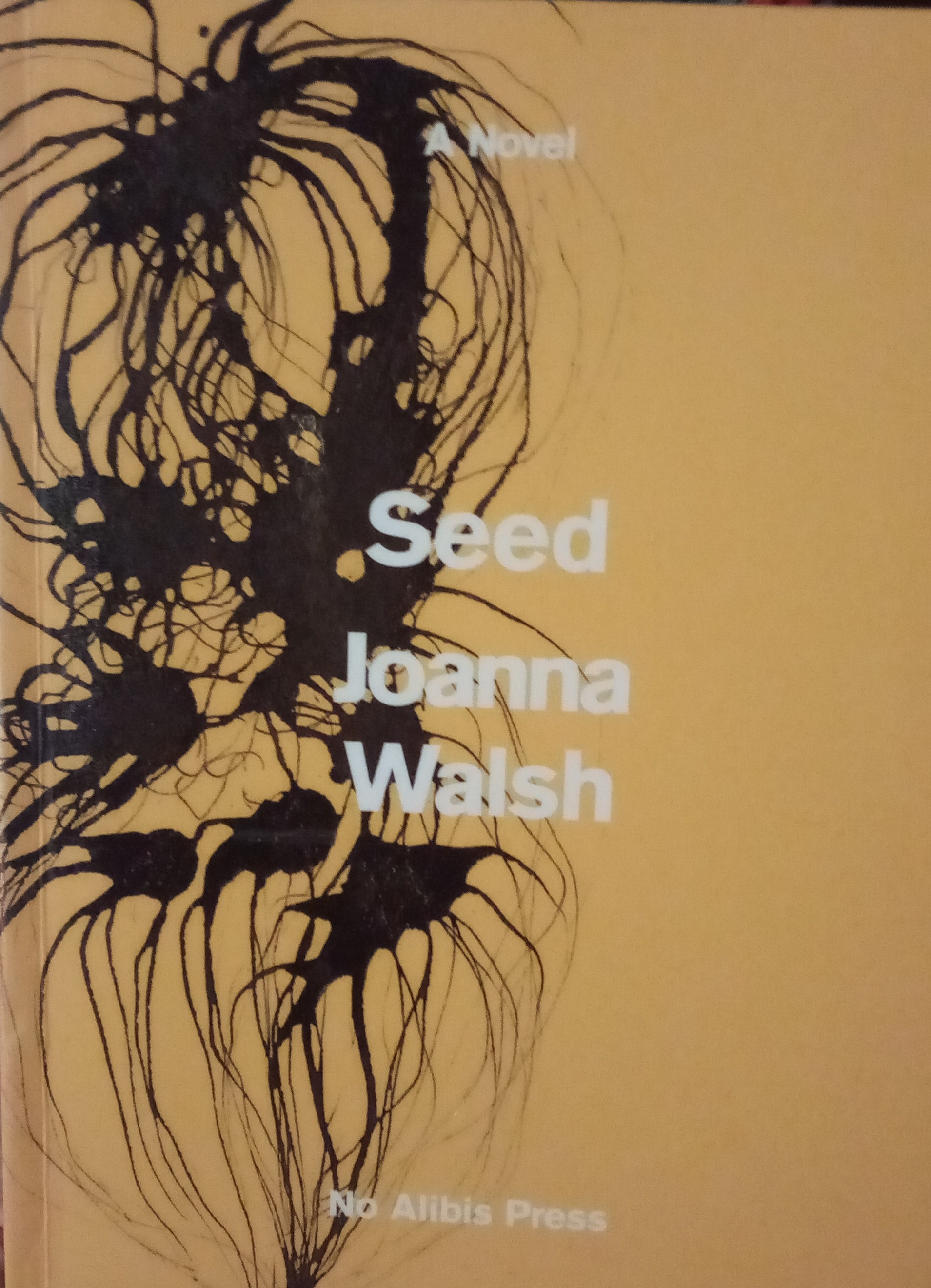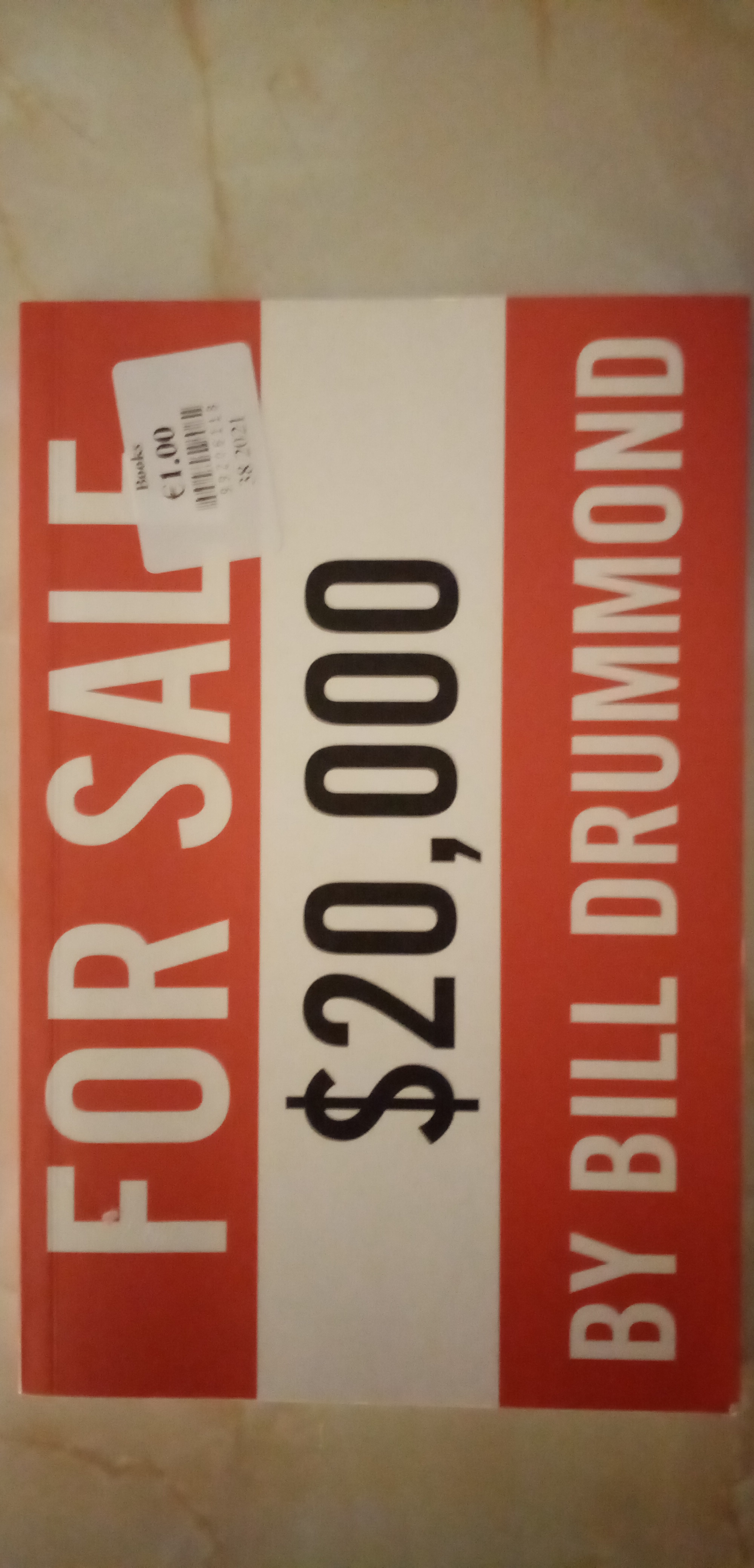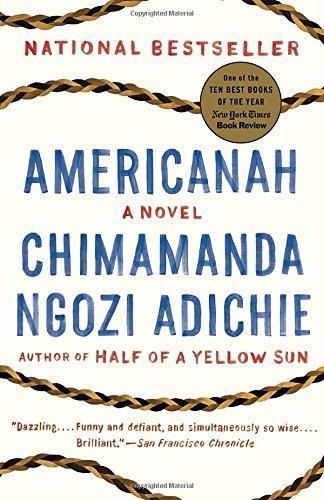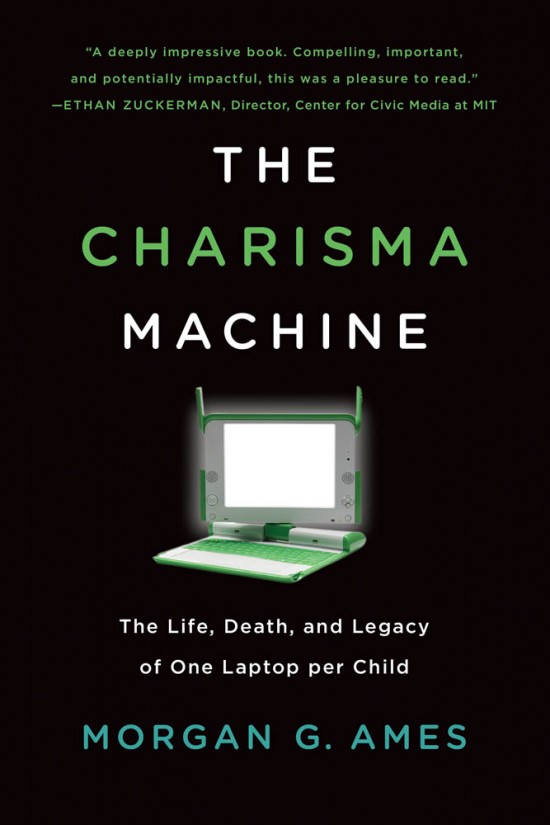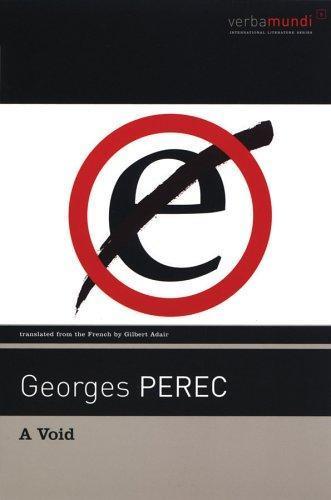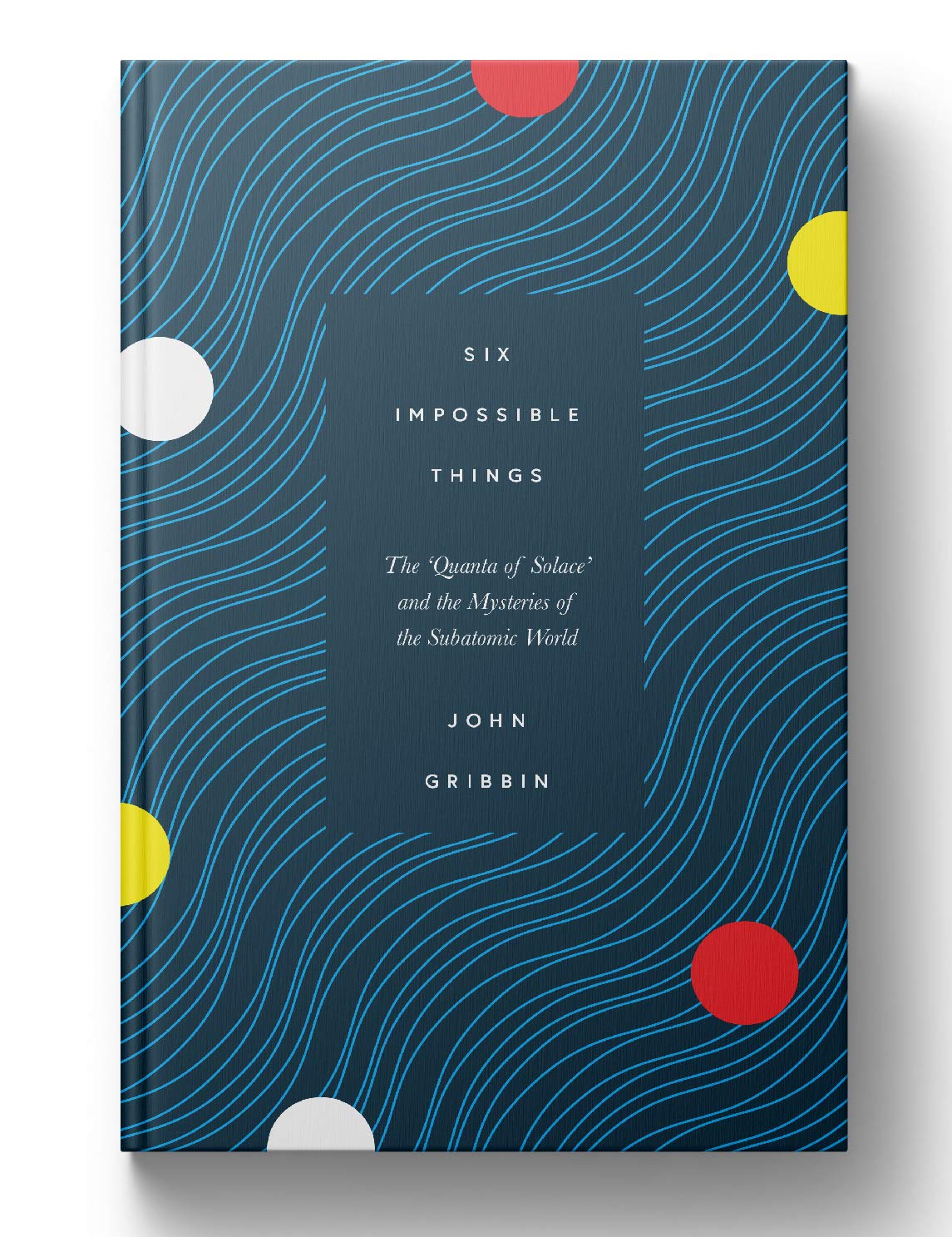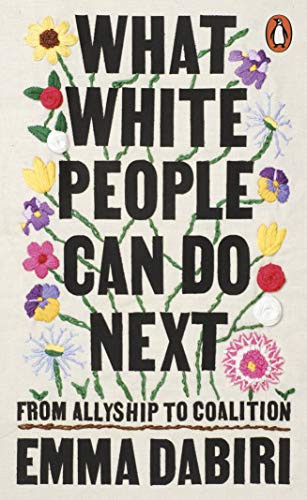Spotted on the bookshelf in the local library. Liked the cover and had been meaning to read some Joanna Walsh.
Reviews and Comments
I arrange things into artworks, including paint, wood, plastic, raspberry pi, people, words, dialogues, arduino, sensors, web tech, light and code.
I use words other people have written to help guide these projects, so I read as often as I can. Most of what I read is literature (fiction) or nonfiction on philosophy, art theory, ethics and technology.
Also on Mastodon.
This link opens in a pop-up window
Fionnáin started reading Seed by Joanna Walsh
Fionnáin reviewed $20,000 by Bill Drummond
Art for the sake of mischief
3 stars
It's hard to know whether this book is made more or less enjoyable if you already know who Bill Drummond is. I have followed his work for years so was prepared for his mischievousness. I was less prepared for his open and honest thoughtfulness. As he described his epic quest to sell a Richard Long artwork that he had once bought and loved for the same $20,000 price that he had originally paid, I laughed a lot at the various side-plots, encounters, and inner monologues about art, the UK, journeys and the rest. Drummond is a genuinely funny and thoughtful writer.
In the end, the project becomes a bit unwieldy and less fun in the epilogues (saved a little by the very last story). Some of the deviations in Drummond's thought patterns become more about his new projects and he seems too distracted to see this through. But maybe that's …
It's hard to know whether this book is made more or less enjoyable if you already know who Bill Drummond is. I have followed his work for years so was prepared for his mischievousness. I was less prepared for his open and honest thoughtfulness. As he described his epic quest to sell a Richard Long artwork that he had once bought and loved for the same $20,000 price that he had originally paid, I laughed a lot at the various side-plots, encounters, and inner monologues about art, the UK, journeys and the rest. Drummond is a genuinely funny and thoughtful writer.
In the end, the project becomes a bit unwieldy and less fun in the epilogues (saved a little by the very last story). Some of the deviations in Drummond's thought patterns become more about his new projects and he seems too distracted to see this through. But maybe that's part of the journey. Like the Long artwork, this project loses its joy over time. Above all that seems to be one of Drummond's obsessions: that art is transient and that it should be. Maybe that's why he loves Long's work so much, and why he stopped loving a photograph that immortalises it.
Fionnáin started reading $20,000 by Bill Drummond
Fionnáin reviewed Americanah by Chimamanda Ngozi Adichie
Strong Undercurrents
3 stars
Americanah sets out to do what so much great literature does: tell a great human story with an undercurrent of theory. In this, it is the story of young love in Nigeria separated by emigration of the two protagonists: Ifemelu to America and Obinze to England. They experience the dissonance of being non-nationals and racially other in two contexts while also learning to live and becoming themselves.
Only that doesn't really happen. In both stories, the protagonists are like blank canvases surrounded by caricatures of people who are actually alive but are slightly unbelievable. Our heroes observe those around them and summarise their traits as if human beings all present their entire personalities in one quick gesture or comment. The story is interspersed with blog posts written by Ifemelu that feel like the writing of Ta-Nahesi Coates – sharp, witty and unashamedly Black. The undercurrent of theory thus bubbles up …
Americanah sets out to do what so much great literature does: tell a great human story with an undercurrent of theory. In this, it is the story of young love in Nigeria separated by emigration of the two protagonists: Ifemelu to America and Obinze to England. They experience the dissonance of being non-nationals and racially other in two contexts while also learning to live and becoming themselves.
Only that doesn't really happen. In both stories, the protagonists are like blank canvases surrounded by caricatures of people who are actually alive but are slightly unbelievable. Our heroes observe those around them and summarise their traits as if human beings all present their entire personalities in one quick gesture or comment. The story is interspersed with blog posts written by Ifemelu that feel like the writing of Ta-Nahesi Coates – sharp, witty and unashamedly Black. The undercurrent of theory thus bubbles up constantly to the surface, sometimes angrily, and always justifiably, and so Adichie manages to put more theory into this work of literature than can be found in many works of theory. This is admirable and educational. So it is a pity that they story falls short.
The final section, the return to their home country of a duo who have changed but have not really grown, is the best written section of the book. It suddenly becomes exciting all too late as the ghosts of a past relationship haunt Obinze's marriage and Ifemelu's independence. Maybe there is something to this too – two lives that cannot escape those waves of theory that always run beneath. Imperfect but important.
Fionnáin reviewed The Charisma Machine by Morgan G. Ames
From Man-boy Dreams to Broken Screens
5 stars
This book was a surprise to me. I knew very little about the "One Laptop Per Child" programme, and never really set out to learn more. I also did not expect a book about such a niche topic to be interesting enough for a duration. But Morgan G. Ames' brilliant critical analysis is about far more than that programme. It is about techno-utopic dreams and how they get inflated by the charisma of those who come up with them. OLPC was the brainchild of some of the founding members of the MIT Media Lab, and was put forward as a scheme that would empower poor children into becoming keen technologists in the future.
Ames' anthropological writing is sharp and often funny, her analysis is bulletproof, and her conclusions are damning. The programme was a complete failure: The machines were expensive, prone to breaking, under-used, poorly designed for purpose and unpopular …
This book was a surprise to me. I knew very little about the "One Laptop Per Child" programme, and never really set out to learn more. I also did not expect a book about such a niche topic to be interesting enough for a duration. But Morgan G. Ames' brilliant critical analysis is about far more than that programme. It is about techno-utopic dreams and how they get inflated by the charisma of those who come up with them. OLPC was the brainchild of some of the founding members of the MIT Media Lab, and was put forward as a scheme that would empower poor children into becoming keen technologists in the future.
Ames' anthropological writing is sharp and often funny, her analysis is bulletproof, and her conclusions are damning. The programme was a complete failure: The machines were expensive, prone to breaking, under-used, poorly designed for purpose and unpopular with the children. Although those behind it still hail it as at least a part-success.
What Ames does brilliantly is look at how the failures happened, how they are presented as successes, what the motivations behind these presentations are, and how bias is embedded in the (white, male, wealthy) ambitions of those who roll out technological dream-goals like OLPC. The perfect moments come when Ames takes aim at individualism as a learning mechanism, and how the OLPC founding team seem to neglect all the social roles that were involved in their own early love of computers.
The book is a brilliant application of Donna Haraway's methodology for "staying with the trouble" (which Ames references near the end of the book). It is also a very enjoyable read that uses accessible language and ideas and shrewd humour alongside even shrewder analysis.
Fionnáin reviewed A void by Georges Perec
A Crucial Thing Has Vanished
5 stars
This world was lucky to host this rascal of an author for a short span of history. Ditto this canny translator.
A thing is missing from this story. What was it again? A symbol? A scrawl? A Zahir? A MacGuffin? Our first protagonist, Anton Vowl, is soon missing too, and not only him but all folks in this plot run a risk of vanishing without warning.
From word to word this book's witty rhythm plays with us. Its dancing vocabulary is astounding (my assumption is this is both in original Francais and this Anglo-translation, or should I say transcription?). With such a constraint as a missing symbol so common you would think A Void would not flow with pizzazz. But its story is solid, occasionally poignant, and also ridiculously good fun. Our author's lists and linguistic quirks can warrant skipping past parts. But still this book is brilliant both in …
This world was lucky to host this rascal of an author for a short span of history. Ditto this canny translator.
A thing is missing from this story. What was it again? A symbol? A scrawl? A Zahir? A MacGuffin? Our first protagonist, Anton Vowl, is soon missing too, and not only him but all folks in this plot run a risk of vanishing without warning.
From word to word this book's witty rhythm plays with us. Its dancing vocabulary is astounding (my assumption is this is both in original Francais and this Anglo-translation, or should I say transcription?). With such a constraint as a missing symbol so common you would think A Void would not flow with pizzazz. But its story is solid, occasionally poignant, and also ridiculously good fun. Our author's lists and linguistic quirks can warrant skipping past parts. But still this book is brilliant both in imagination and plot.
Fionnáin reviewed Six Impossible Things by John Gribbin
A century of quantum physics in a nutshell
3 stars
Gribbin's short book explains six different theories in quantum physics that all try to solve the same conundrum - the two-slit light experiment. He writes with good humour and knowledge, and the book is accessible for the most part (although deals with some very complex ideas). It is enjoyable, sharp, and well structured to make these ideas accessible to a broad audience.
One complaint worth noting is the "traditional" perspective of a book published in 2019. For example, Gribbin highlights the individual achievements of specific physicists (with photographs of certain famous characters) without acknowledging the assistance of colleagues or research students. Similarly, there are no women or non-western scientists named from one side of the book to the other, which could have at least been acknowledged as a bias in the theories presented, even if it would have meant little adjustment to the final book.
Fionnáin reviewed What White People Can Do Next by Emma Dabiri
A sharp polemic essay on 'whiteness'
3 stars
In What White People Can Do Next, Emma Dabiri presents a framework for coalition that draws from 20th Century theory (James Baldwin, Audrey Lorde, WEB Du Bois) and 21st Century posthumanist philosophy (Bayo Akomolafe, Ware & Back). The result is playful but cutting, and carries Dabiri's unique style of polemic argument with humour.
The book is short, and could have had a little more input from the author herself alongside the histories and theory she uses. While the sections are well threaded together, at times the stories she uses are cherry-picked to prove a point, so don't quite hit home. But in the end, the book serves as a hopeful offering of how race can be dealt with if we can learn to untangle the messy history of 'whiteness'.
Fionnáin reviewed Don't Touch My Hair by Emma Dabiri
Review of "Don't Touch My Hair" on 'GoodReads'
4 stars
Emma Dabiri writes a sharp and compelling book that uses hair to explore racism, colonialism and black history. The book starts a little clunky - the first two chapters jump suddenly from one topic to the next and are a little long - but from the third chapter it is relentless. Dabiri's deep study incorporates history, culture and mathematics, all managing to keep a link to the central point - hair. She highlights repeatedly how racism and hair are entangled, and offers perspectives on how this can be challenged and (hopefully) overcome.
The research is far-reaching, and is accompanied by moments of self-reflection. The writing is smooth and enjoyable once it hits rhythm, despite the often sad or upsetting subject matter. And in the end the book serves as a reminder that the master's house is still standing and might need some re-evaluation, if we were in any doubt.
Review of 'Creative Engagements with Ecologies of Place' on 'Import'
3 stars
This book left me with mixed feelings.
On the one hand, Creative Engagements... is a great anthology of different artists and artworks that engage place with contemporary themes about symbiosis or thinking beyond human. As an anthology, it documents the artworks well and presents the viewpoints in clearly framed chapters, so is a good reference book.
On the other hand, it presents an overarching ideology that encourages a multifaceted look at practice. Then there are glaring contradictions to this: In the first chapter, the book criticises "all encompassing" ideas and universalising beliefs. Then in the next chapter it presents "walking" as a universally obtainable and practiced method of sensing the world, without any acknowledgement of the perspective of those with disabilities (both human and nonhuman, for example wheelchair users or those that are blind).
Although written with the authors' hearts in the right place, I would recommend this more as …
This book left me with mixed feelings.
On the one hand, Creative Engagements... is a great anthology of different artists and artworks that engage place with contemporary themes about symbiosis or thinking beyond human. As an anthology, it documents the artworks well and presents the viewpoints in clearly framed chapters, so is a good reference book.
On the other hand, it presents an overarching ideology that encourages a multifaceted look at practice. Then there are glaring contradictions to this: In the first chapter, the book criticises "all encompassing" ideas and universalising beliefs. Then in the next chapter it presents "walking" as a universally obtainable and practiced method of sensing the world, without any acknowledgement of the perspective of those with disabilities (both human and nonhuman, for example wheelchair users or those that are blind).
Although written with the authors' hearts in the right place, I would recommend this more as a documentation and anthology of artworks than as an overriding philosophical or conceptual framework. While the final chapter does round this up well, there are other authors that present the latter much better (suggestions: Maria Puig de la Bellacasa, Annemarie Mol or Vinciane Despret).
Fionnáin reviewed Data Centers by Monika Dommann
Review of 'Data Centers' on 'GoodReads'
4 stars
This book is a broad-reaching anthology of essays and photography about the history and culture of digital data and Switzerland. The essays are varied, from a history of Swiss-Chinese relations in data centres to an essay about destruction of hard drives to keep data secure. Each is well outlined and goes into depth on the specific topic. The photographs are simultaneously stimulating, giving a deep dive into the bizarre centre for supercomputing in the Swiss mountains or the stomach-churning walls of CPUs used in a blockchain currency mining facility.
The book design is also really nice, although a couple of the essays suffer from some very poor information graphics that are misleading and hard to read. A couple of the essays were a little inaccessible, perhaps down to translation issues, but overall they were enjoyable and varied, and offered a cultural archaeology of data in a unique and enjoyable format.
Fionnáin reviewed What You Could Have Won by Rachel Genn
Review of 'What You Could Have Won' on 'GoodReads'
4 stars
A sharp, fast paced story about abuse (substance and domestic). Genn delivers the voices of joint protagonists, one a failing psychology PhD and the other a pop star with addiction issues. Each character is brilliantly constructed, and their thoughts and motivations are carefully teased out on a journey between Greece, France and the USA on a path of degradation and attempted rehabilitation.
The story progresses from chapter to chapter but jumps narrator each time, which allows the reader to compile each previous part of the story from the point of view of the other - a clever device well employed. The storytelling is lucid and exciting in large sections, although I felt a couple of the chapters dragged on a little so the final cut might have welcomed a slightly sterner edit. But overall this is a piece of forceful storytelling.
Fionnáin reviewed Finding the Mother Tree by Suzanne Simard
Review of 'Finding the Mother Tree' on 'Import'
4 stars
Suzanne Simard is one of the most important figures in 21st Century forest science. She has presented a way of observing and understanding forests that has gradually shifted western thought on the relationship between trees, fungi, and other organisms.
This book is presented as an autobiography, traversing Simard's life. The stories, particularly those of adversity where she struggled to have her radical ideas accepted in forestry and scientific communities, are brilliantly told and very compelling. Soome of the writing feels over-coached and as a result doesn't come across as genuine as Simard usually is. Still, the experiments and discoveries are thrilling and brilliantly told as a complete story that makes for a fantastic book.
Fionnáin reviewed People from My Neighbourhood by Hiromi Kawakami
Review of 'People from My Neighbourhood' on 'GoodReads'
4 stars
Brilliant, uncanny and imaginative storytelling of a neighbourhood and its strange characters (both human and nonhuman). Each chapter is about a specific character from an area in Tokyo. The stories are very short vignettes (about 3 pages on average) and they immerse themselves in the bizarre, from a school made of sweets to a battle of imagination between two fiercely powerful minds. The stories are all the more lifelike for their disconnection from a typical reality, and are both funny and fun. Brilliant writing.
